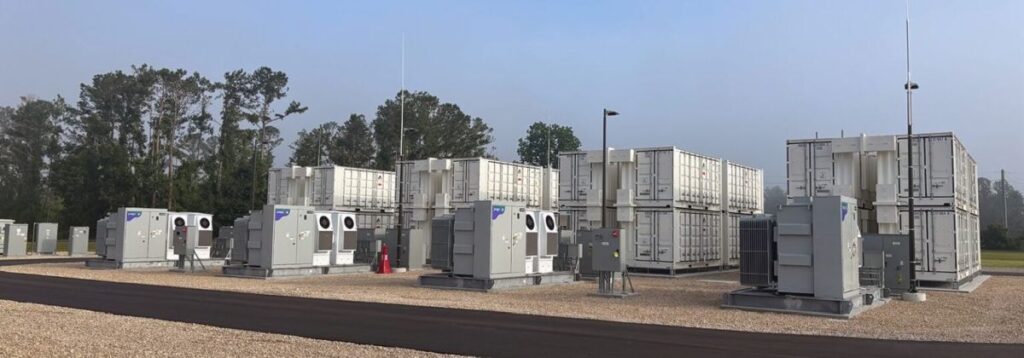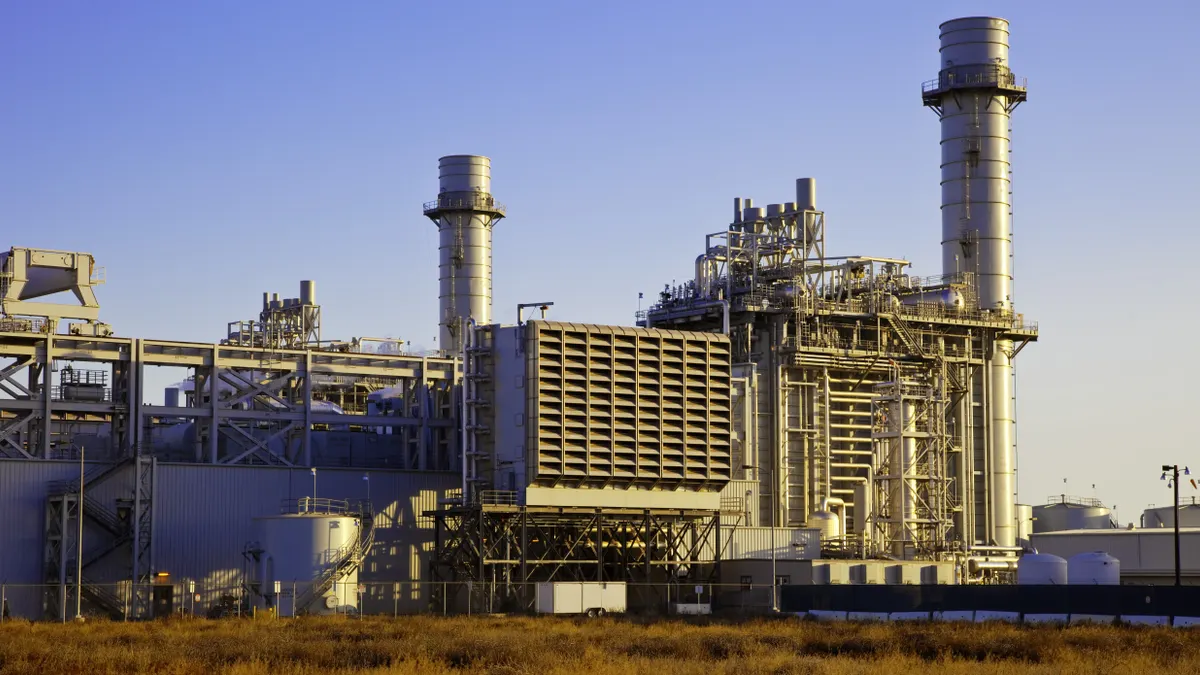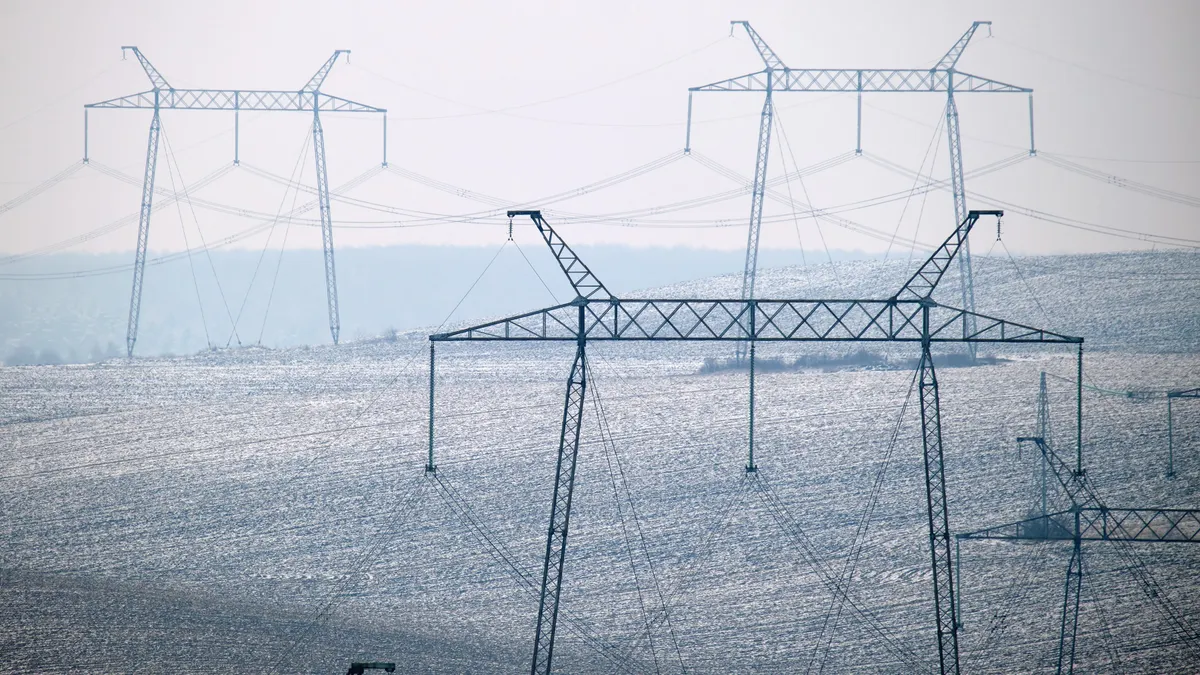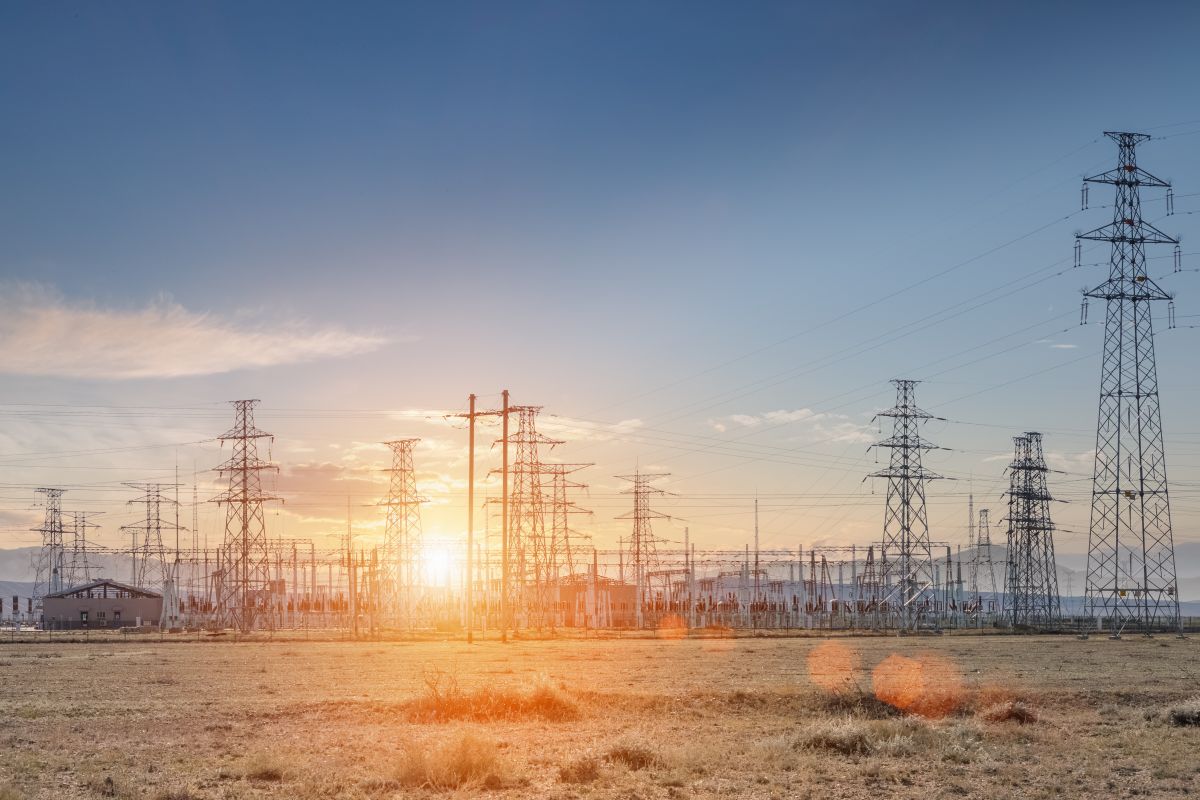WWW.POWER-ENG.COM
Could sodium-sulfur technology transform energy storage? Duke Energy would like to know, which is why it’s launching a pilot project to test the tech as a possible alternative to lithium-ion battery energy storage systems (BESS).
Duke will run the pilot at site of the Suwannee River Steam Plant, which now houses natural gas and solar generation after the steam plant was retired several years ago.
The 5-megawatt (MW) system will utilize sodium-sulfur technology to store energy for up to eight hours, Duke says – potentially doubling the duration of most commercially available batteries. Most lithium batteries are suited to store energy for four hours or less, per the National Renewable Energy Laboratory (NREL). Duke also claims the pilot as the first utility test on U.S. soil of the “newer version” of sodium-sulfur technology.
At the Suwannee site, Duke was able to utilize the infrastructure from the retired steam plant to simplify grid connections.
“Suwannee is in many ways a symbol of Duke Energy’s commitment to continuous innovation,” said Matt Gilton, project originator and execution developer, along with Hans Jacob, director in the company’s Energy Storage Development group. “With this pilot, we are building on the past to explore technology that could transform the future.”
Duke said its Emerging Technology Assessment Team (ETAT) evaluated more than 80 energy storage options, examining each for their technological and economic advantages, before selecting the pilot technology. Sodium and sulfur are more abundant than lithium, which could relieve some cost and supply chain issues associated with lithium-ion batteries. They also offer higher energy density than lithium-ion battery systems, storing more energy in a smaller space.
“This pilot will help us study the technology’s performance, efficiency, and interaction with the grid,” Gilton said. “And we’ll share our findings with Electric Power Research Institute (EPRI) and other organizations.”
“We know that other utilities are watching this project, so it could affect energy production and storage across the country,” added Project Director Larry Watson.












